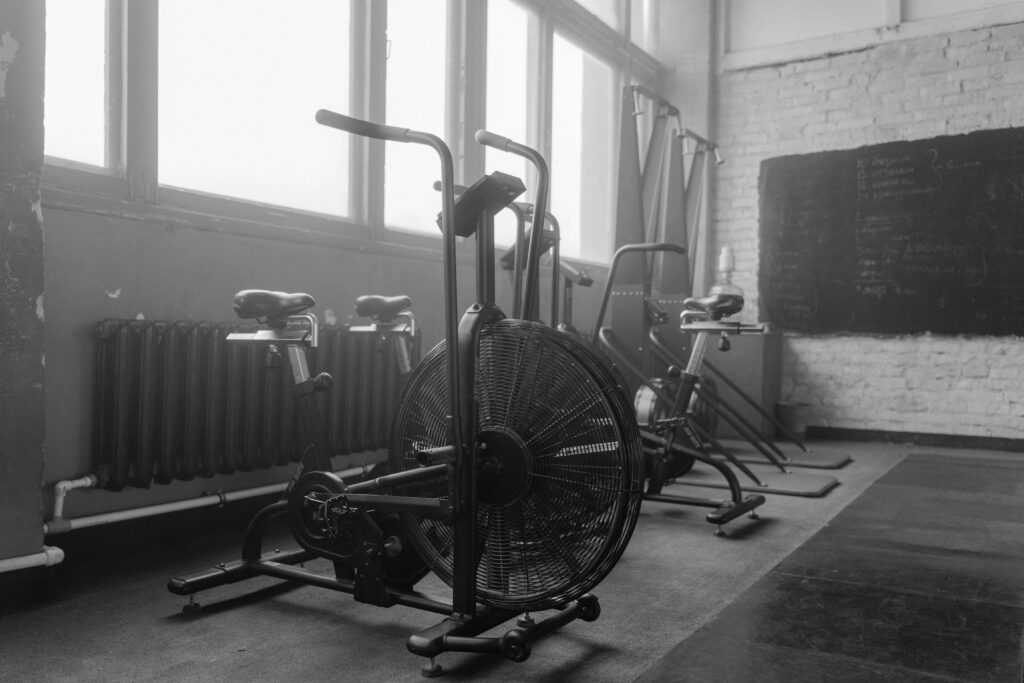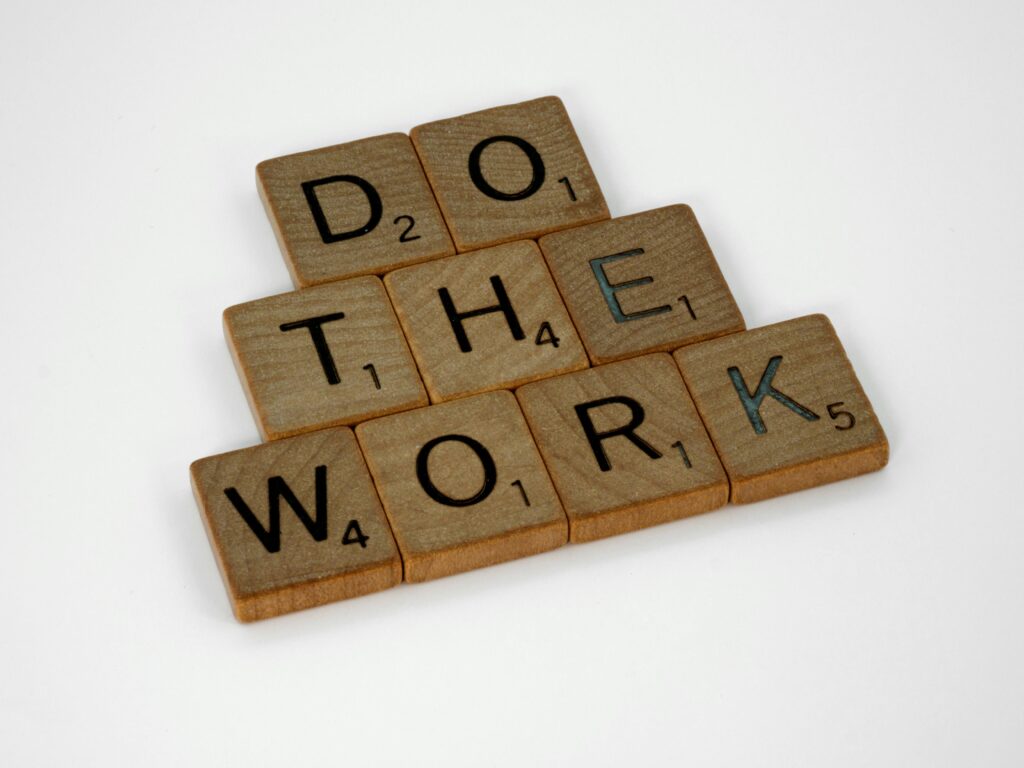
When it comes to improving performance, most people focus on the big things like weight training, conditioning, and nutrition. But one of the simplest and most powerful tools for recovery is often overlooked – breathing. If you’re an everyday athlete juggling training, work, family, and a high-stress life, you need a way to shift gears. After pushing yourself in the gym, you can’t stay in go-mode all day. You need to recover effectively so that you’re not just better in the gym but also more present and capable in the rest of your life.
The Science Behind Breathing and Recovery
When you train, your nervous system shifts into a heightened state of stress. Your heart rate rises, adrenaline spikes, and your body is primed for action. That’s great when you’re lifting or conditioning, but if you stay in that mode all day, your recovery, sleep, and energy levels take a hit.
The autonomic nervous system (ANS) controls how your body responds to stress and relaxation. There are two branches: the sympathetic (fight or flight) and the parasympathetic (rest and digest) systems. Intense training activates the sympathetic system, but real recovery occurs when you engage the parasympathetic system. Research shows that controlled breathing techniques can help lower cortisol, increase heart rate variability (HRV), and bring your body into a state of recovery faster (Laborde et. al., 2017).
Oxygen efficiency also plays a key role. Many assume that breathing more oxygen (O2) is always better, but it’s actually carbon dioxide (CO2) tolerance that dictates how well your body utilizes oxygen. The better your CO2 tolerance, the more efficiently your muscles recover and return to baseline (Wooten et. al., 2023). Nasal breathing, slow exhales, and structured breathwork all improve CO2 regulation and accelerate recovery.
Breathing Strategies to Improve Recovery
You don’t need to spend an hour meditating to see results. Small, intentional breathing shifts can help your body switch from high-intensity training to full recovery mode, so you’re not wired all day.
Box breathing is a structured way to regain control of your nervous system after training. Inhale for four seconds, hold for four seconds, exhale for four seconds, and hold again for four seconds. This method, used by Navy SEALs, helps lower heart rate, improve focus, and calm the body.
The physiological sign is a rapid way to reset during stressful moments. It involves two short inhales through the nose, followed by a long exhale through the mouth. Research shows this technique can reduce stress and lower heart rate in under a minute (Zaccaro et. al., 2022).
Coherent breathing is another effective method. It involves slow, controlled breaths at a rate of about six breaths per minute. This technique is based on the principle of resonant frequency breathing, where the breath is aligned with the body’s natural rhythms to optimize HRV and enhance recovery. Studies show that breathing at this rate creates balance between O2 and CO2 levels, improving ANS function and reducing stress (Lehrer and Gevirtz, 2014). The key to coherent breathing is maintaining and even, rhythmic inhale and exhale, typically around five seconds in, five seconds out to stimulate the vagus nerve and promote relaxation and faster recovery. It’s an effective way to wind down before bed, transition out of intense training, or reset during a stressful day.
Then there’s nasal breathing. If you’re breathing through your mouth most of the day, you’re likely under-utilizing one of the easiest tools for recovery. Nasal breathing boosts nitric oxide production, improves O2 uptake, and helps shift your body into a more relaxed state (Nestor, 2020).
| Breathing Technique | Description | When to Use |
|---|---|---|
| Box Breathing | 4-second inhale, hold, exhale, hold. Calms the nervous system. | Post-workout or under stress |
| Physiological Sigh | Two quick nasal inhales, long exhale through the mouth. Rapid stress reset. | Mid-day or after hard efforts |
| Coherent Breathing | 5-second inhale, 5-second exhale. Stimulates vagus nerve and HRV. | Before bed or recovery time |
| 6-2-7 Protocol | 6 sec inhale, 2 sec hold, 7 sec exhale. | Post-workout cooldown |
| Nasal Breathing | Breathe only through the nose. Improves CO₂ tolerance and oxygen use. | During low-intensity cardio |
How to Implement Breathwork into Your Routine
Adding breathwork to your recovery plan doesn’t require a massive overhaul of your lifestyle. One method I’ve personally used and included in my programming for years is a structured post-workout breathwork protocol I call 6-2-7’s. After your session, spend a few minutes lying on your back with your feet elevated on a box or bench and knees and hips at 90 degrees, breathing only through your nose. Inhale for six seconds, hold for two seconds, then exhale slowly over seven seconds. This pattern helps downshift the nervous system, improves focus, and sets the tone for the remainder of your day. I’ve seen noticeable benefits in both myself and my clients using this simple method. It helps reduce the jittery, wired feeling that sometimes lingers after a hard workout, making it easier to transition into work, parenting, or simply being present in life outside the gym.
Before bed, try coherent breathing to help settle your nervous system and improve sleep quality. If life starts to feel overwhelming, take a moment to pause and use a physiological sigh to calm yourself quickly. You can also practice nasal breathing during low-intensity cardio to build better CO₂ tolerance over time.
Conclusion: A Small Habit With Big Benefits
Breathing is one of the most overlooked recovery tools, but it can make a massive difference. The goal isn’t to turn every session into a meditation retreat learning to switch off when needed so you can train hard, recover better, and still show up strong for work, family, and life. Start with just a few minutes post-workout or before bed, and you’ll notice the difference.
References
- Laborde, S., Mosley, E., and Thayer, J. F. (2017). Heart rate variability and cardiac vagal tone in psychophysiological research – Recommendations for experiment planning, data analysis, and data reporting. Frontiers in Psychology, 8, 213.
- Wooten, L.C., et al. (2023). Carbon Dioxide Expiration and Performance Fatigability Following Aerobic Exercise Training. Cardiopulmonary Physical Therapy Journal.
- Lehrer, P., and Gevirtz, R. (2014). Heart rate variability biofeedback: How and why does it work? Frontiers in Psychology, 5, 756.
- Zaccaro, A., Piarulli, A., Laurino, M., Garbella, E., Menicucci, D., Neri, B., and Gemignani, A. (2022). How breath-control can change your life: A systematic review on psycho-physiological correlates of slow breathing. Frontiers in Human Neuroscience, 16
- Nestor, J. (2020). Breath: The New Science of a Lost Art. Riverhead Books.




